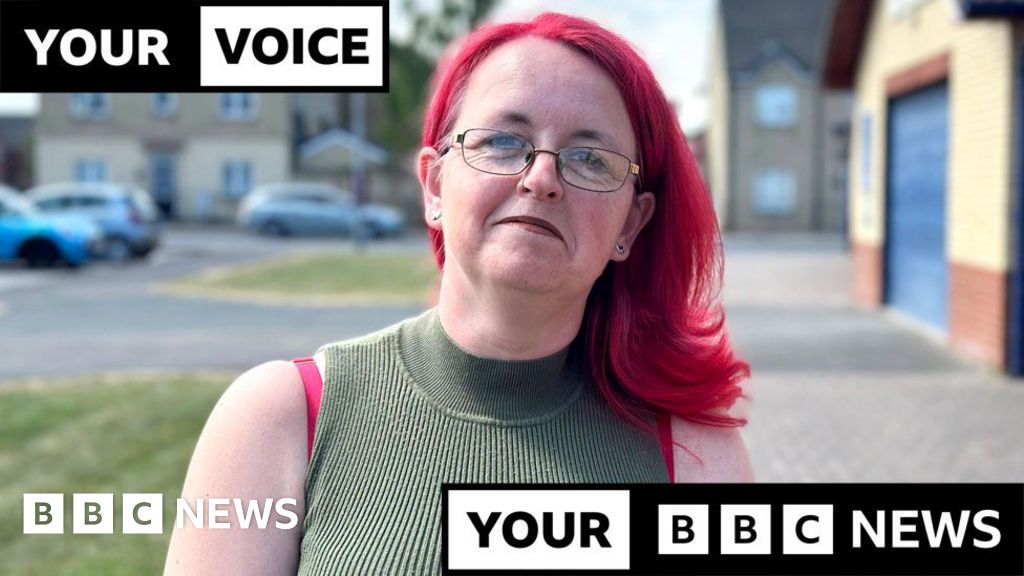Don’t let zombie initiatives take up your energy. They’re the past. Business leaders need to cut … [+]
getty
In some alternate universe, we all spent the 2000s walking around with Sony digital music players in our pockets.
The reason we ended up with iPods instead is a powerful example of why companies need to be ruthless in killing off the old to make way for the new.
It’s a lesson that’s even more critical today. In the wake of pandemic-era excess and industry-wide disruption, senior leaders understand that they need to cut costs now and transform their companies over the long term. This isn’t business as usual.
The Wrong Approach
The traditional cost-cutting playbook (favored by big management consulting firms) goes like this: Either spread the pain evenly across the business or cull anything that isn’t making money right now.
Both approaches contain a fatal flaw. They sacrifice future growth while failing to target the present drains on energy, attention and performance.
These are the zombies—the walking dead of past projects, technologies, processes, or relationships that don’t help you compete but are somehow still hanging around. Nearly every company has them. They’re the pet projects from previous leaders that keep on going for no good reason; the partnerships you keep investing in that will never grow; the big, fancy office for impressing clients who no longer visit in the era of remote work.
In Sony’s case, it was the compact disc. The Japanese firm had everything it needed to dominate the shift to digital music. It even came up with a portable digital music player two years before Apple. But it starved the project because it was reluctant to cannibalize the market for CDs. For Sony, compact disks were both a big driver of earnings and a zombie in disguise.
Companies with a vested interest in the status quo are particularly vulnerable to zombies because they see innovation as a threat rather than an opportunity. That sort of thinking only feeds the zombies and smothers your babies—those fresh ideas and experimental new projects that are key to future growth.
That’s why one of the biggest impediments to electric car adoption has actually been car dealerships. Nearly half of dealerships’ profits come from after-sale parts and services—a market that EVs will destroy. It turns out that electric cars just don’t break down as much as gasoline-powered vehicles. That doesn’t mean that car dealers themselves are zombies; it’s their current business model that’s walking dead. And that dealer system is in turn protected by zombie state laws that forbid consumers from buying cars directly from the factory. There are many valuable roles for dealers to play in the new model: most of them are still waiting to be invented.
Zombies didn’t just exist at Sony. They don’t just roam the car industry. Consider the once-dominant photography firm Kodak, which made the first digital camera back in the 1970s, only to shelve it because it threatened film processing revenue.
That’s the same psychological fallacy of sunk costs that keeps people in bad relationships or piling on bets in vain attempts to recover gambling losses. Leaders today can’t afford to fall victim to this way of thinking.
The Zombies Are Everywhere
When you really start looking, you see zombies everywhere. Why are banks still providing checking accounts and issuing paper checks in the age of digital payments? And why are they so proud of having “a branch on every corner” when hardly anyone goes to a physical bank anymore?
Why is the U.S. one of only three countries (alongside Liberia and Myanmar) that still use the antiquated imperial system of measurement instead of the global metric standard? This outdated practice even caused the failure of a $125 million NASA Mars probe in 1999, but still, we persist with pounds and feet.
Truly innovative companies don’t hesitate to put the zombies out of their misery and give their babies every chance to grow. The key for leaders is to have a clear opinion of what the future looks like. Only then can you give the business what it needs to get there while clearing out the deadwood that’s getting in the way.
Make The Tough Calls
If you’re a leader who needs to cut costs, don’t wait for the call from your CFO. Start with a clear point of view of where you think the business might head in the next five to seven years. Don’t make predictions. Just envision a few different scenarios of what might come to pass, and ask yourself how you’d thrive in every scenario.
Next, make three lists. The first is your DO list: things that you’re doing now that you should keep doing. The second is your RAMP list: growth opportunities that you’re either not doing or not giving enough resources to. The third list is your KILL list. Those are the zombies: initiatives that aren’t performing anymore, segments that are in decline, and product lines that cost a lot in time and attention to maintain but don’t exist in any future scenario. That DO/RAMP/KILL sheet is more than just a cost-cutting plan. It’s a vision for the future. You have to give up the good to get to the great.
In 2012, Apple introduced the Lightning connector on all its devices after a decade of using an older 30-pin standard. Consumers grumbled. Accessory manufacturers were furious. Enterprise customers felt tricked. Just think about how many hotel rooms had alarm clocks with a connector for the old iPod! Apple went ahead anyway because the smaller connector fit its vision of future design and performance. It weathered criticism and mockery for the same reason again in 2016 when it killed the 3.5mm headphone jack on the iPhone.
To be sure, there are different ways to deal with the zombies. Perhaps you don’t need to take a shotgun to all of them at once. Select a few to pick off at a time and minimize the disruption.
But die they must, so your babies can live.
Dev Patnaik is the CEO of Jump Associates
Credit: Source link











